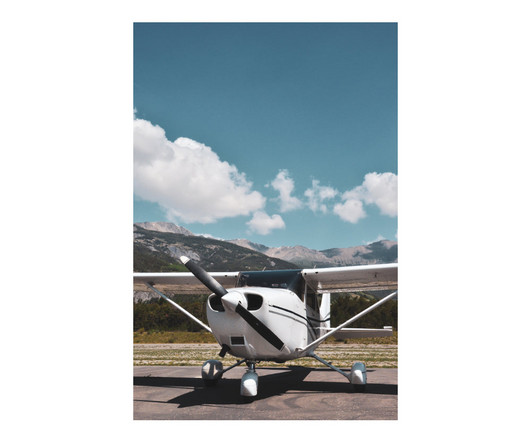Cessna Skyhawk C172: Features, Performance, and Flight Experience
Airspeed Junkie
AUGUST 2, 2024
With a maximum takeoff weight of 2,400 pounds and a maximum gross weight that ensures stability, this aircraft is robust enough to handle a variety of flying conditions. For instance, Knots 2U offers a Cessna 172 Cowl / Body Fairing Kit that improves aerodynamics and can increase cruise speed by 3-4 mph.













Let's personalize your content